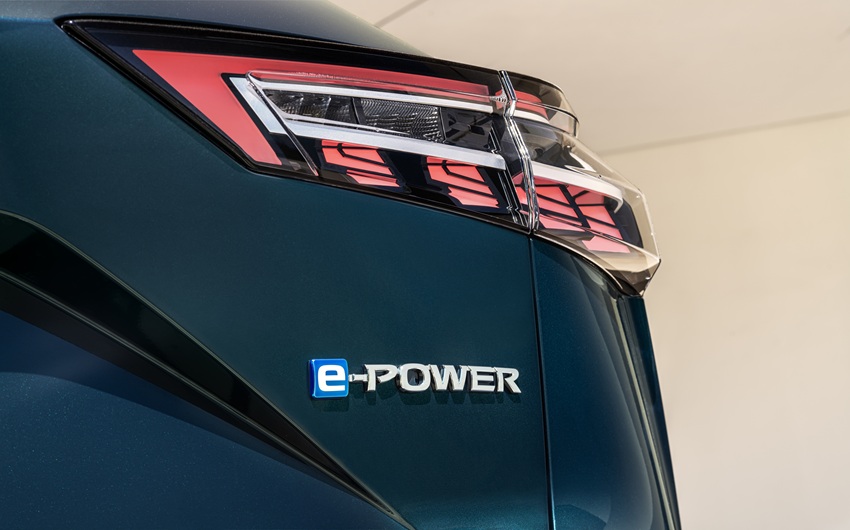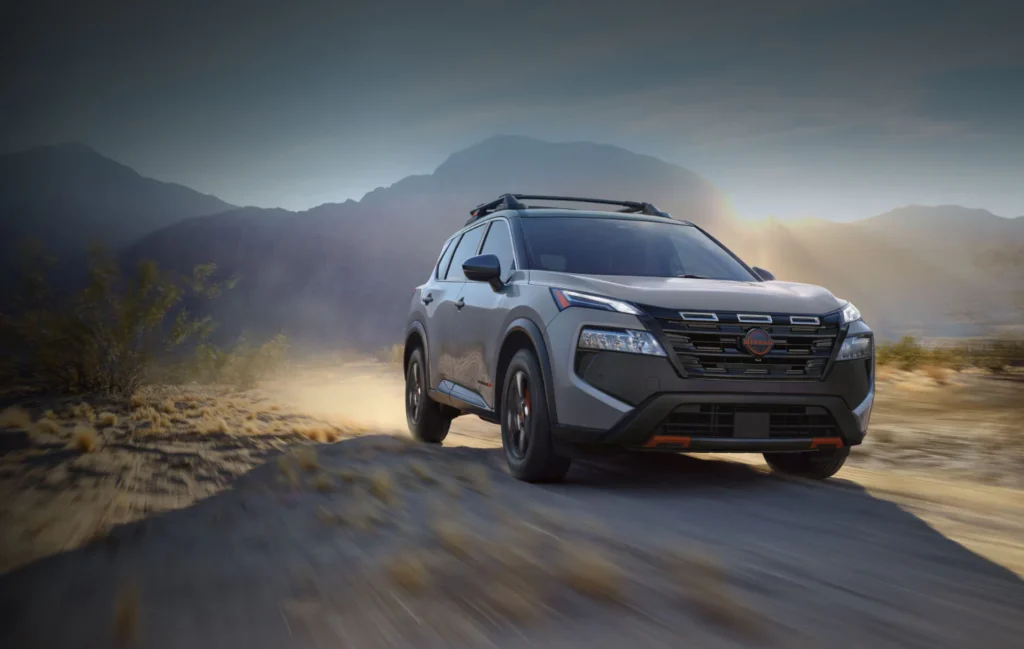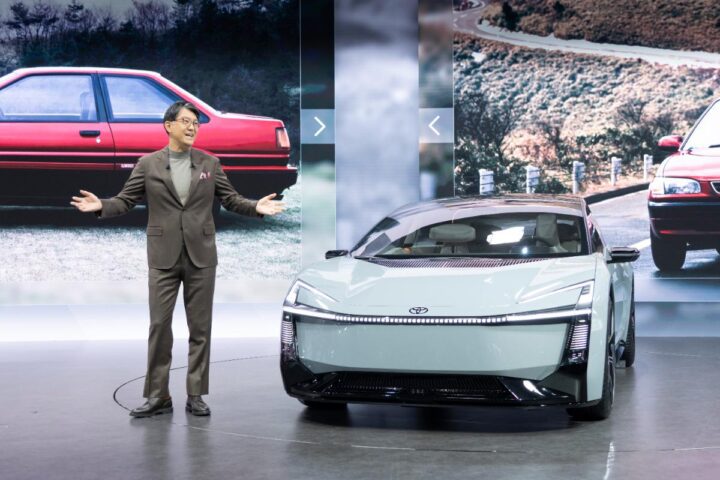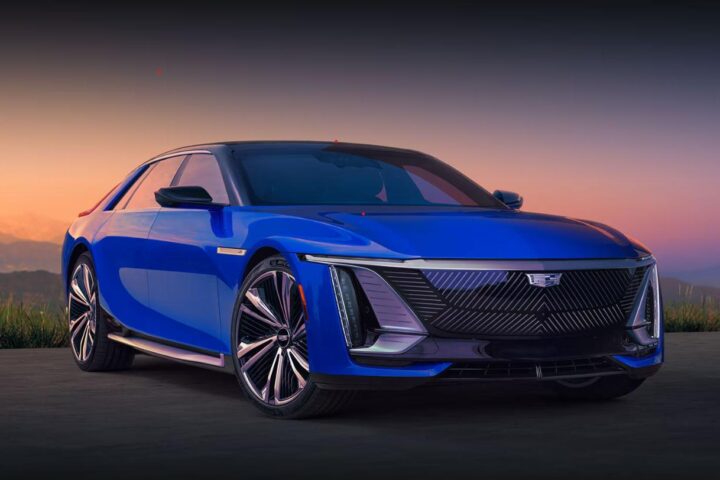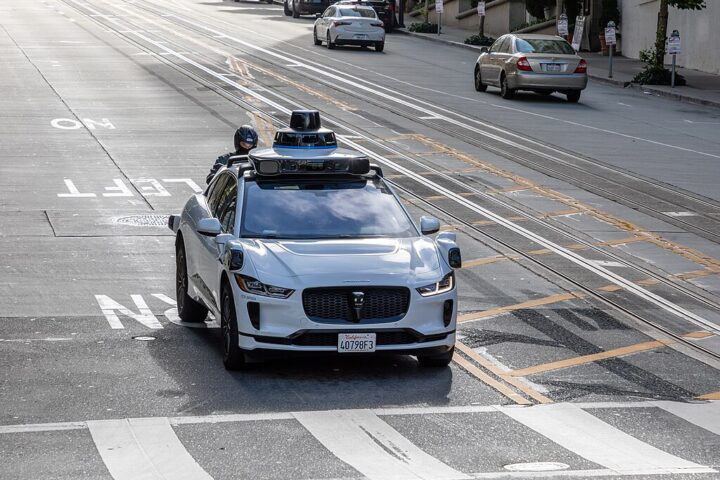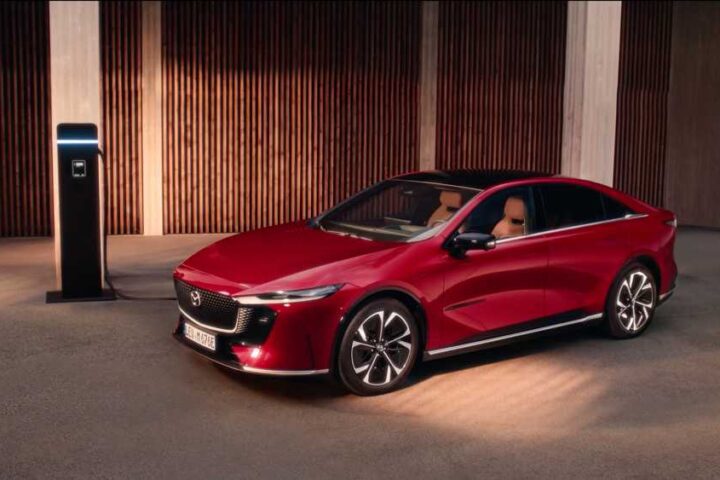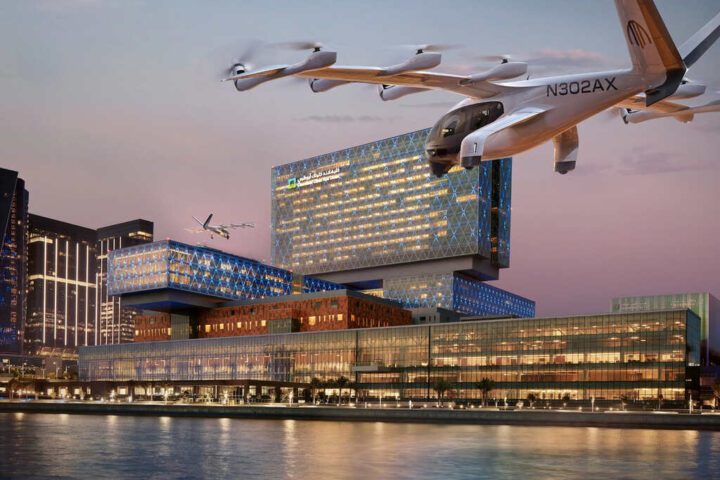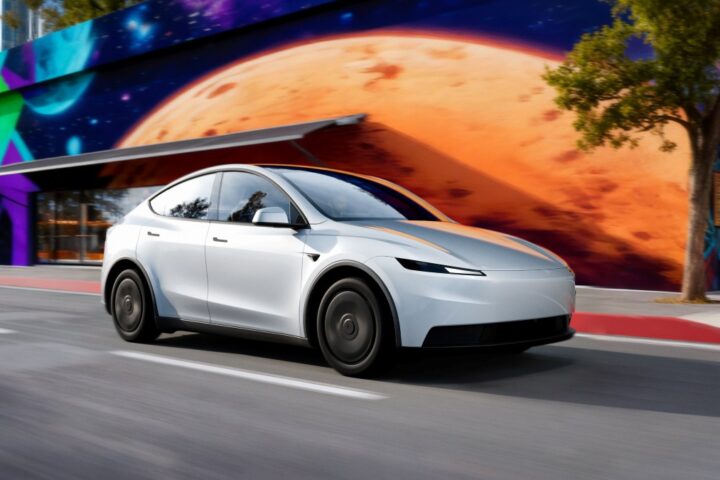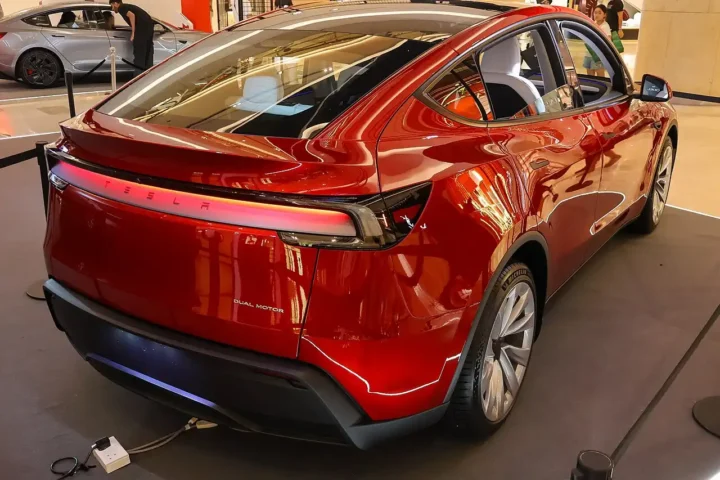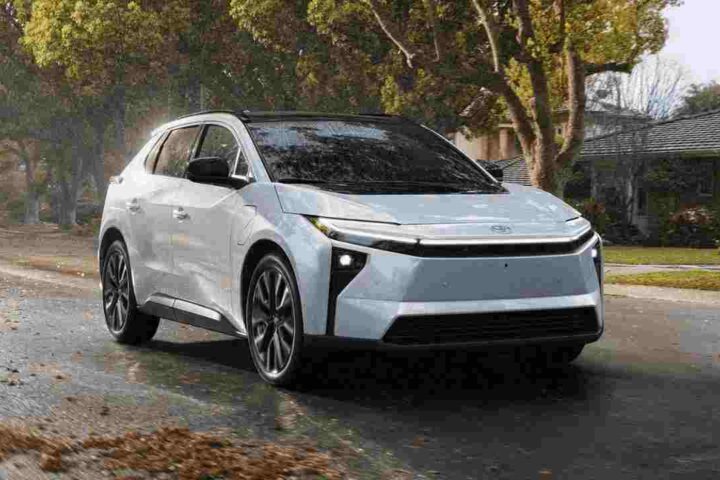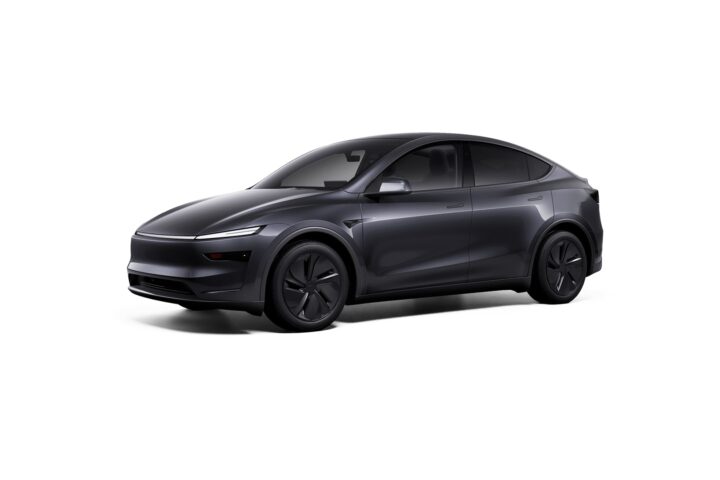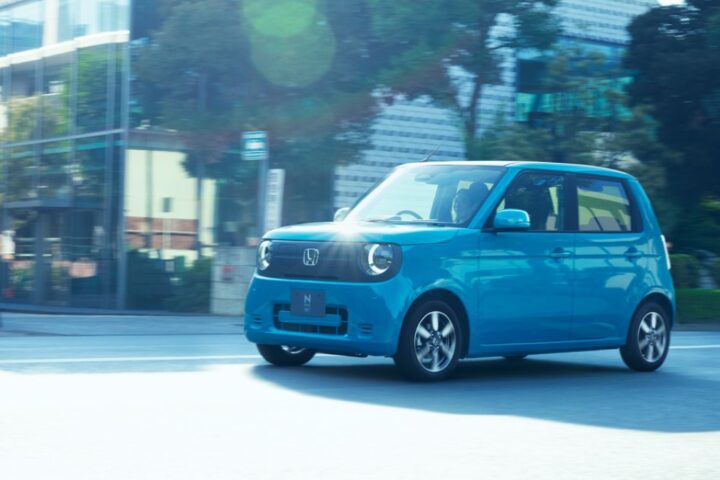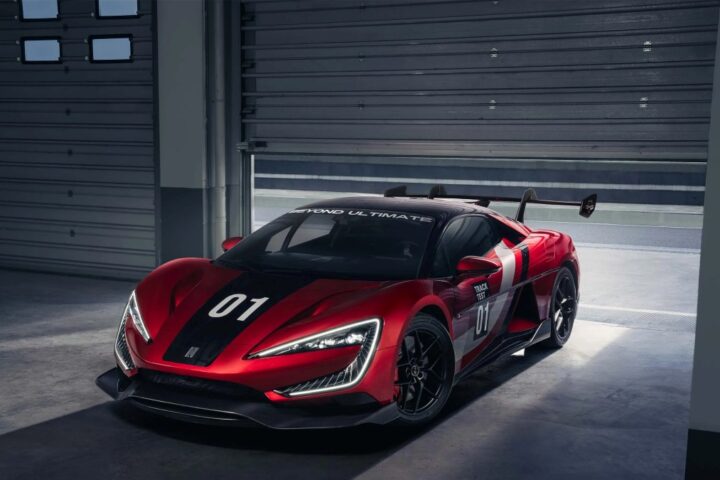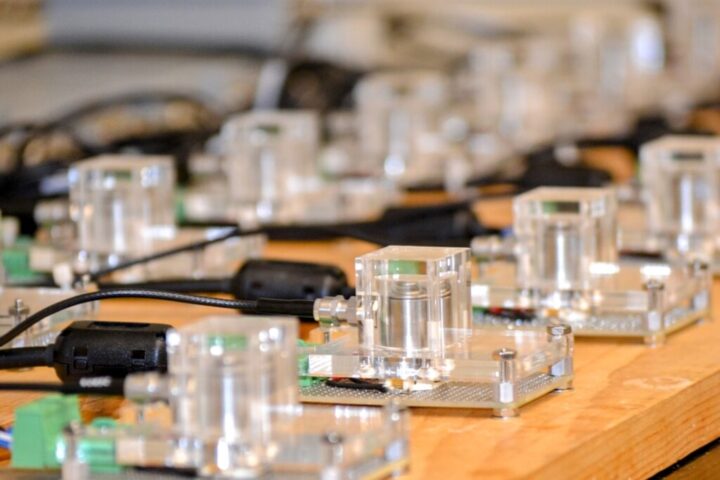Nissan’s latest hybrid technology marks a significant step forward in the company’s electrification journey, offering drivers electric-like performance without needing to plug in. The third-generation e-POWER system, launching first in the European Qashqai this September, represents nearly a decade of refinement since the technology first debuted.
Unlike conventional hybrids, Nissan’s e-POWER system works more like an electric car with an onboard generator. The wheels are powered exclusively by an electric motor, while a gasoline engine serves only to generate electricity. This approach eliminates the complex transmission systems found in traditional hybrids, resulting in smoother acceleration and a more EV-like driving experience.
The new system packs five key components—electric motor, generator, inverter, reducer, and increaser—into a single unit that’s 28 kg lighter than before. This “5-in-1” modular design reduces vibration between components and cuts cabin noise by 5.6 decibels—roughly the difference between having a conversation outdoors versus in your living room.
“This new, third-generation e-POWER system redefines Nissan’s hybrid technology, providing smooth and responsive driving in all conditions,” says Eiichi Akashi, Nissan’s Chief Technology Officer. “We’ve embedded close to a decade of learnings to ensure the system is more efficient, more refined, and more competitive.”
At the heart of the system is a completely redesigned 1.5-liter three-cylinder turbocharged gasoline engine that never directly powers the wheels. Instead, it runs at optimal efficiency to generate electricity for the battery and electric motor. The engine employs Nissan’s proprietary STARC combustion technology—which stands for Strong Tumble & Appropriately stretched Robust ignition Channel—achieving 42% thermal efficiency, an impressive figure for a gasoline engine.
For drivers, this translates to better fuel economy and lower emissions. The new Qashqai e-POWER achieves 4.5 liters per 100 kilometers (about 52 miles per gallon) under the WLTP testing protocol, with CO2 emissions of just 102 g/km—12% less than the previous system. On a single tank of fuel, the vehicle can travel up to 1,200 kilometers (745 miles).
Similar Posts:
Real-world testing by Germany’s ADAC motorist association, which included highway speeds of 130 km/h (81 mph), confirmed the system can comfortably achieve a range over 1,000 kilometers in typical driving conditions.
Matthew Wright, Nissan’s vice president of powertrain development for the Africa, Middle East, India, Europe, and Oceania regions, explained that engineering teams in the UK, Germany, and Spain helped tune the system specifically for European driving environments, including Germany’s high-speed autobahns.
While the overall system power remains unchanged at 201 horsepower, drivers can access an additional 13.4 horsepower in Sport Mode for short bursts of acceleration. The system also allows for electric-only operation during low-speed maneuvers like parking.
Another practical benefit for owners is the extended service interval, which increases from 15,000 kilometers (9,000 miles) to 20,000 kilometers (12,000 miles), reducing maintenance costs over time.
Following its European debut in the Qashqai this September, the new e-POWER system will roll out to Africa and Oceania. North American customers will see the technology in the 2026 Rogue SUV, while Japanese buyers can expect it in the fourth-generation Elgrand minivan during fiscal year 2026.
The third-generation e-POWER reflects Nissan’s strategy of offering multiple electrification options while working toward its longer-term zero-emission goals. By combining the convenience of conventional fueling with electric-like driving characteristics, Nissan aims to provide a steppingstone for consumers who might not be ready for a fully electric vehicle. With no charging infrastructure required and a driving range comparable to conventional vehicles, the new e-POWER system addresses common concerns about EV adoption while still delivering many of the benefits of electric driving—smooth acceleration, quiet operation, and improved efficiency.
